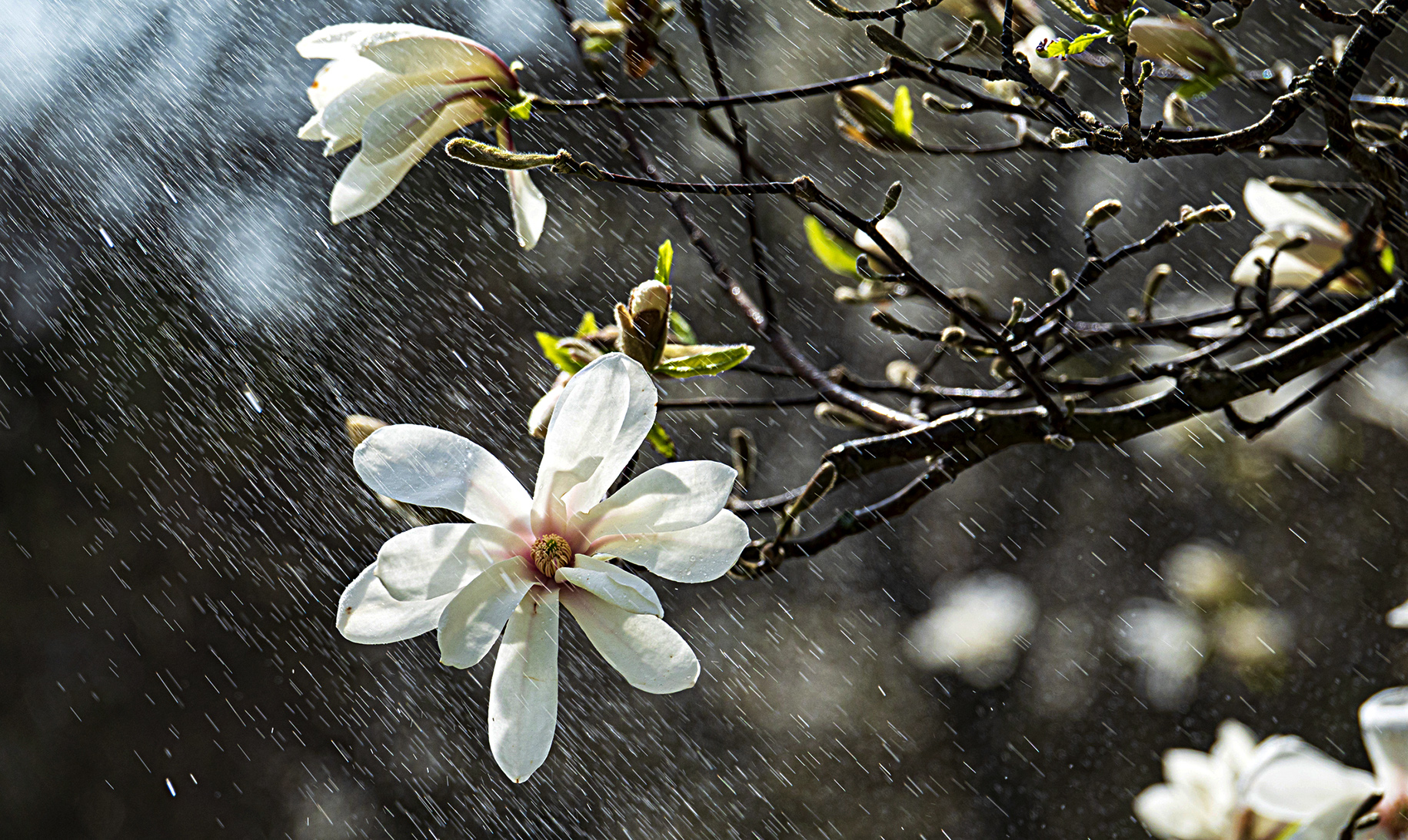The spring and early summer months in South Africa are set to be warmer than usual, while the outlook for rain is very patchy.
This is according to the latest Seasonal Climate Watch from the South African Weather Service, a rolling monthly report that looks five months ahead – so in this case from September to the end of January.
“Minimum and maximum temperatures are expected to be mostly above normal countrywide for the forecast period,” the weather service said.
This has been the outlook for months, and while it snowed recently on Table Mountain, it has been unseasonably warm over much of South Africa with August emerging as the new September in Gauteng.
Read more: Loaded for Bear: August in Joburg is the new September as spring has already sprung
But this forecast keeps getting extended and now goes to the end of January.
The bottom line is that the summer looks like it’s going to be a scorcher.
 Workers use hoes to till a sugarcane field at the Khanyangwane sugarcane project in Nkomazi, Mpumalanga province, South Africa. Dry conditions are predicted for most of the northeastern half of the country from now until the end of January. (Photo: Guillem Sartorio / Bloomberg via Getty Images)
Workers use hoes to till a sugarcane field at the Khanyangwane sugarcane project in Nkomazi, Mpumalanga province, South Africa. Dry conditions are predicted for most of the northeastern half of the country from now until the end of January. (Photo: Guillem Sartorio / Bloomberg via Getty Images)
“Current predictions focus on the spring and early summer seasons and indicate wetter conditions along the south-eastern coastal areas during spring as well as the central parts in early summer. Drier conditions are expected over most of the northeastern half of the country for the entire forecast period,” the report read.
The past summer saw South Africa in the grip of the El Niño weather pattern, which triggered a searing drought over much of the grain belt. South Africa’s Crop Estimates Committee forecasts 2023-24 summer grain and oilseed production at 15.69 million tons, down 22% from the previous season.
Things have been far worse elsewhere in the region with historic levels of hunger seen in Zambia, Malawi and Zimbabwe.
Read more: Loaded for Bear: Hunger in southern Africa reaches historic levels in El Niño’s wake
El Niño has now faded and global forecasts see its opposite La Niña forming in the next couple of months – a state of affairs that usually brings good rains to the region.
But there is uncertainty about its intensity, with some forecasts now predicting a weak La Niña.
“Current predictions indicate the development of a La Niña state during the start of the summer season, however, there is still significant uncertainty in the predictions,” the South African Weather Service said.
And there are concerns that the forecast rainfall may not be adequate to replenish dams.
Insignificant
“The impact of the anticipated above-normal rainfall conditions along the south-eastern coastal areas in spring and central parts during summer on water reservoirs is likely to be insignificant due to the experienced prolonged dry conditions over the regions, with exceptions to KwaZulu-Natal,” the Weather Service said.
“Drier conditions coupled with above-normal temperatures are likely to increase water loss and reduce water storage levels through evapotranspiration and drought, among other factors. Additionally, the mostly above-normal maximum and minimum temperatures expected across the country during the forecast period will likely increase the cooling demand.”
Still, the prospect for decent rains over central South Africa in the early summer months is cause for cautious optimism.
“As farmers prepare for the start of the season, we will need to monitor these weather forecasts closely. For now, the indications remain optimistic,” Wandile Sihlobo, the Chief Economist of the Agricultural Business Chamber of South Africa, said in a note on the latest forecasts. DM
https://www.youtube.com/watch?v=REeWvTRUpMk




 Workers use hoes to work on a sugar cane field at the Khanyangwane sugarcane project in Nkomazi, Mpumalanga on Wednesday, 3 May 2023. (Photo: Guillem Sartorio/Bloomberg via Getty Images)
Workers use hoes to work on a sugar cane field at the Khanyangwane sugarcane project in Nkomazi, Mpumalanga on Wednesday, 3 May 2023. (Photo: Guillem Sartorio/Bloomberg via Getty Images) 